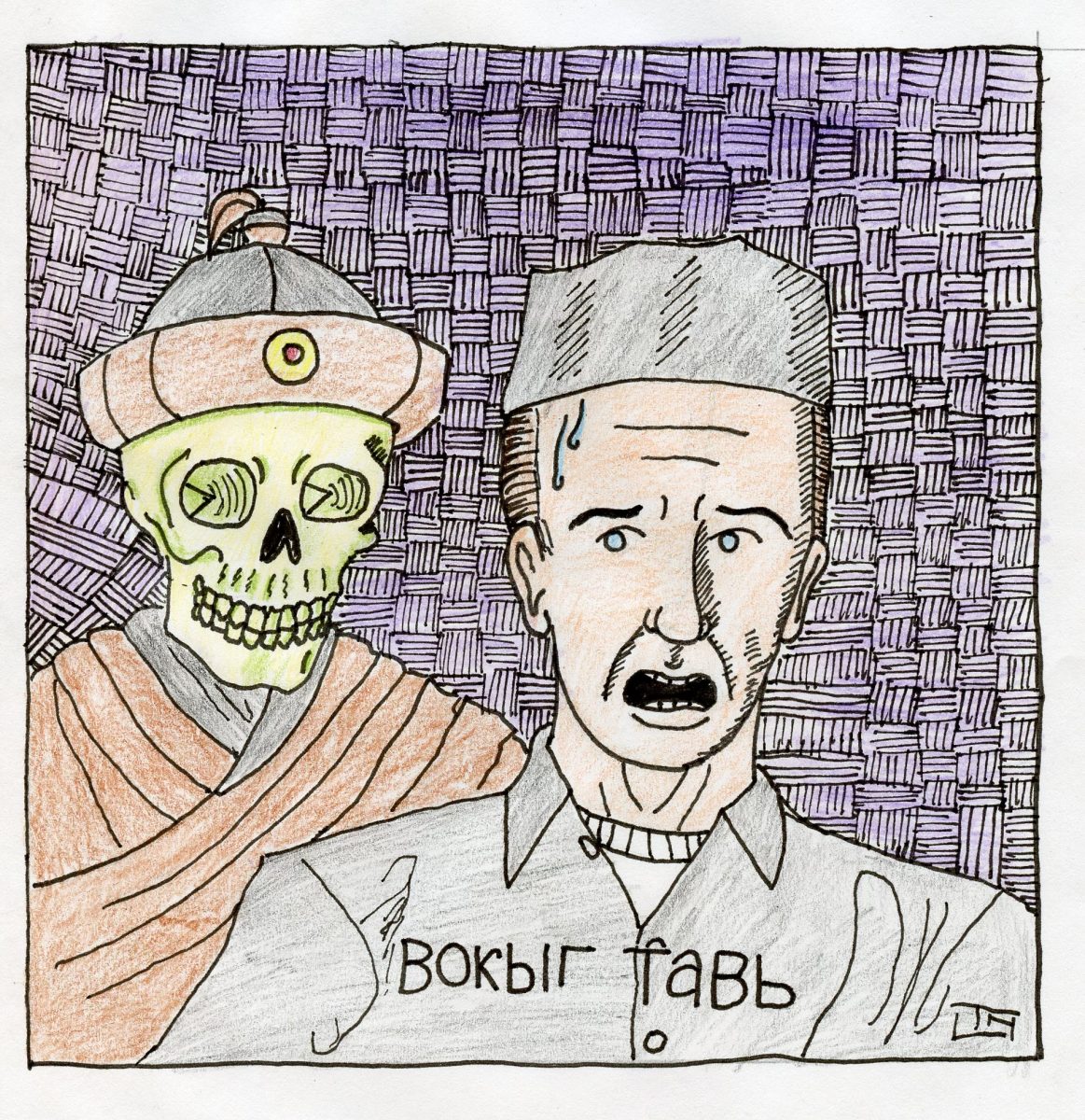HuHot first opened its doors in Missoula, MT in 1999, created by Dan and Lynda Vap. The restaurant was first called “Mongo’s” but was quickly changed to HuHot –in reference to HohHot, the second biggest city in Mongolia–after finding the name was already trademarked. By 2002, the first franchise opened in Omaha, NE and kickstarted an Asian stir fry trend in the United States.
“Business strategies include focus on internal business operational optimization & differentiated growth by emphasizing fast, fresh, healthy, customer-oriented full service restaurants,” HuHot Mongolian Grills, LLC said.
HuHot does provide a fast and healthy meal, however, after watching a hipster stir fry a bowl of meatballs and pad thai noodles in soy sauce, it begs the question: does HuHot provide an authentic Mongolian food experience?
The traditional diet of Mongolians in the 13th century–which greatly influenced their modern dishes–was determined by their nomadic lifestyle. The majority of their meat products came from the hunting of deer, antelopes, wild boars, marmots, wolves, foxes, and wild birds, and was almost always boiled. As the Mongolian empire expanded, their diets expanded as well and they ended up with foods from all over Asia, such as noodles, bread, and bran based foods.
The food HuHot serves is closer to the encompassing of Asian foods as opposed to traditional Mongolian food. It makes sense if one considers the marketability of boiled fox or fermented milk to the basic consumer, Asian fusion is a much more palatable idea. The meals at HuHot typically consist of four parts: noodles, meat, vegetables, and sauce.
“Essentially it is all you can eat Asian stir fry,” Eric Knight, HuHot’s regional director of operations said. “We serve traditional Mongolian food. The beef, pork, and chicken are the only frozen ingredients. We are promoting healthy eating so we have 21 different vegetables at all times.”
The way the restaurant is set up allows the customer to customize their meal, choosing from various types of noodles, meats, vegetables, and sauces. The meal is then cooked on a large grill, stir fry style. HuHot is currently the fastest growing Mongolian grill concept in the country. However, HuHot doesn’t just serve Mongolian foods, they have a variety of other types as well. They also market various kinds of seafood, Cajun food, Thai food, and Hawaiian inspired foods on their website.
“We have traditional Asian food as well as Mongolian food, rolls, pot stickers, and rangoons,” Knight said. “The only nontraditional food we have are desserts, chocolate cake, and s’mores, which are cooked on a hibachi burner and then compliments Hershey’s chocolate. And then the children’s menu which has chicken strips, fries, and then in Nebraska locations, cheese sticks.”
While HuHot may not provide a meal that Ghengis Khan would have eaten, it does provide Americanized Asian dishes from a variety of places. Some would argue that HuHot is an inauthentic experience and should be avoided at all costs. However, the amalgamation of the ingredients and foods from all over Asia in one restaurant mirrors the unifying effect that the Mongolian empire had on Asia, with some representation from all over the continent (or the world in the case of the Cajun and Hawaiian foods).




